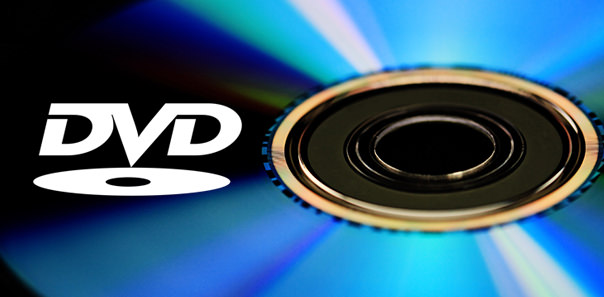DVD Media Formats Explained

Like CDs, DVDs have different formats. This is because there is no one size fits all disc that can perform perfectly no matter what data it holds. Some formats are better suited to certain jobs, and that is okay. Many people are not aware that there are different DVD formats available because they assume that DVD is solely for movies, which is untrue. DVDs also can carry program files and other data, and the type of disc you choose will affect your outcome. Formats dictate how the disc is used and mostly depend on whether it can be written to or not.
The types of DVD formats are: DVD-ROM, DVD-R, DVD-RW, DVD-R DL, DVD+R, DVD+R DL, and DVD+RW. There are more types of DVDs than CDs because when first introduced, there was essentially a format standard war between manufacturers. This caused a whole world of compatibility issues with playing back DVDs on different players. Eventually the market came up with drives that could handle all formats, so the issue faded away.
Pressed media (DVD-Video, DVD-ROM) is most easily read by all DVD players and drives. Write once media, such as DVD-R and DVD+R, is the next most easily read. Rewritable formats like DVD-RW, DVD+RW, and DVD-RAM, are the most difficult to read and sometimes these can only be read on the drive that wrote them reliably.
The large number of formats has caused some confusion and often leads people to ask, “What’s the difference between DVD-R and DVD-RW?” for example. However, we at CDROM2GO have laid it all out for you so you can better understand the differences!

